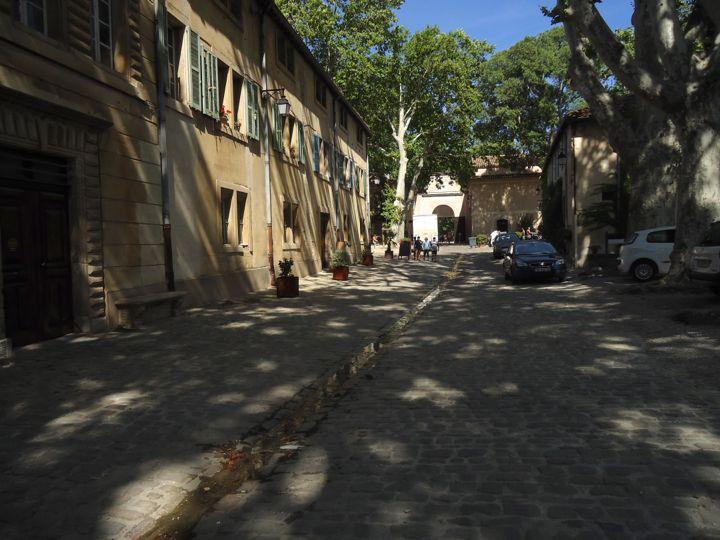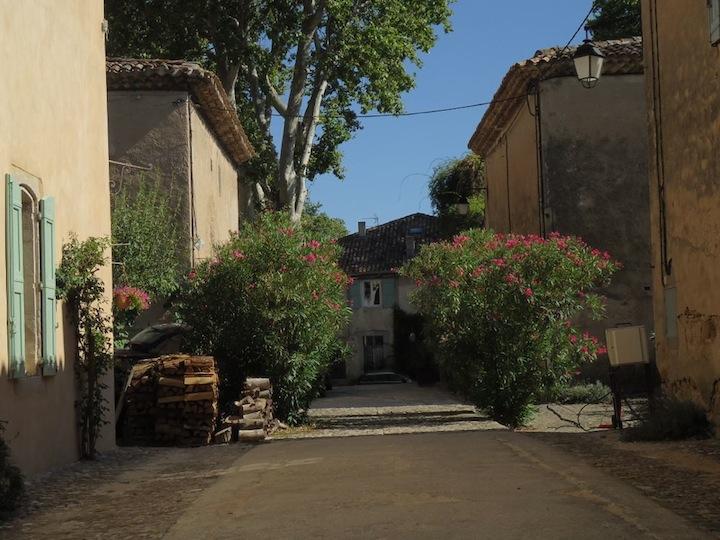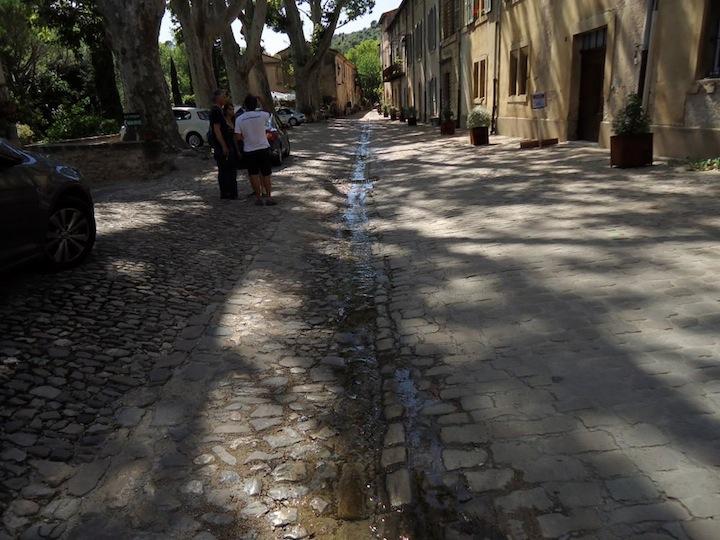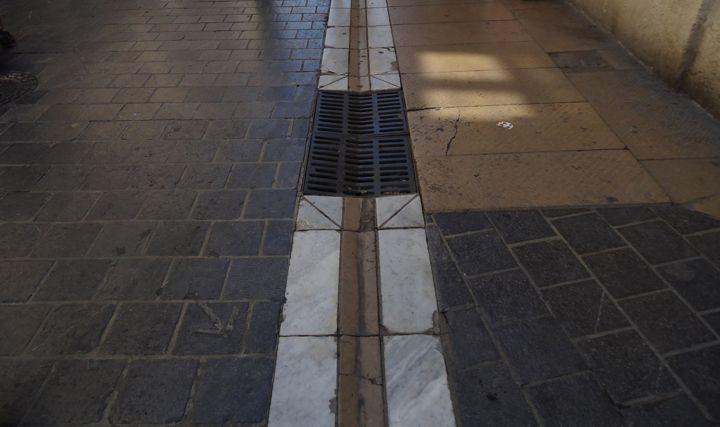Workers' Housing
In France, transportation and infrastructure seem to function pretty well, from the new trams linking cities to their suburbs, to highways that rarely have traffic jams or flooding problems, to the TGV. However, you often hear people complain about high taxes, especially now, during the current administration headed by the Socialist president, François Hollande.
But social welfare in France has a history that goes back to Louis XIV (1638-1715), whose reign of over 72 years is the longest in the history of European
monarchs. During this time, Jean-Baptiste Colbert (1619-1683), his Minister of Finance, worked to develop the domestic economy by raising taxes and by encouraging major public
works projects. Among his lasting achievements was the construction of a number of new towns envisioned as the best way to improve the manufacture of cloth, and thereby France's economy. These
ranged from the elite tapestry works of Gobelins to factories that wove fabrics used for military uniforms, such as Villeneuvette [below].
Located in Languedoc, not far from the city of Clermont-l’Hérault, the
factory was in operation from 1677 to 1955. Hydraulic power was supplied by a labyrinthine system of stone water courses that collected mountain runoff and directed it to the factory
buildings. In addition to the factory and church are residences for the workers, built in U-shaped wings that branch off the main street, each with a beautiful garden [below].
Since 1995 the village has been classified as a "Zone de Protection
du Patrimoine et du Paysage" in recognition of the originality and importance of its heritage. In the photo [row 1 below] can be seen the precursor of the street drainage system
that is in use throughout France. Originally this beveled stone sluice more than likely carried raw sewage to a collection point beyond the village. However, the concept and design survive today,
including this view of one of Montpellier’s main streets [row 2 below], also dating from the 17th century, and today used strictly for draining rainwater. Photos: Peggy
Roalf.



